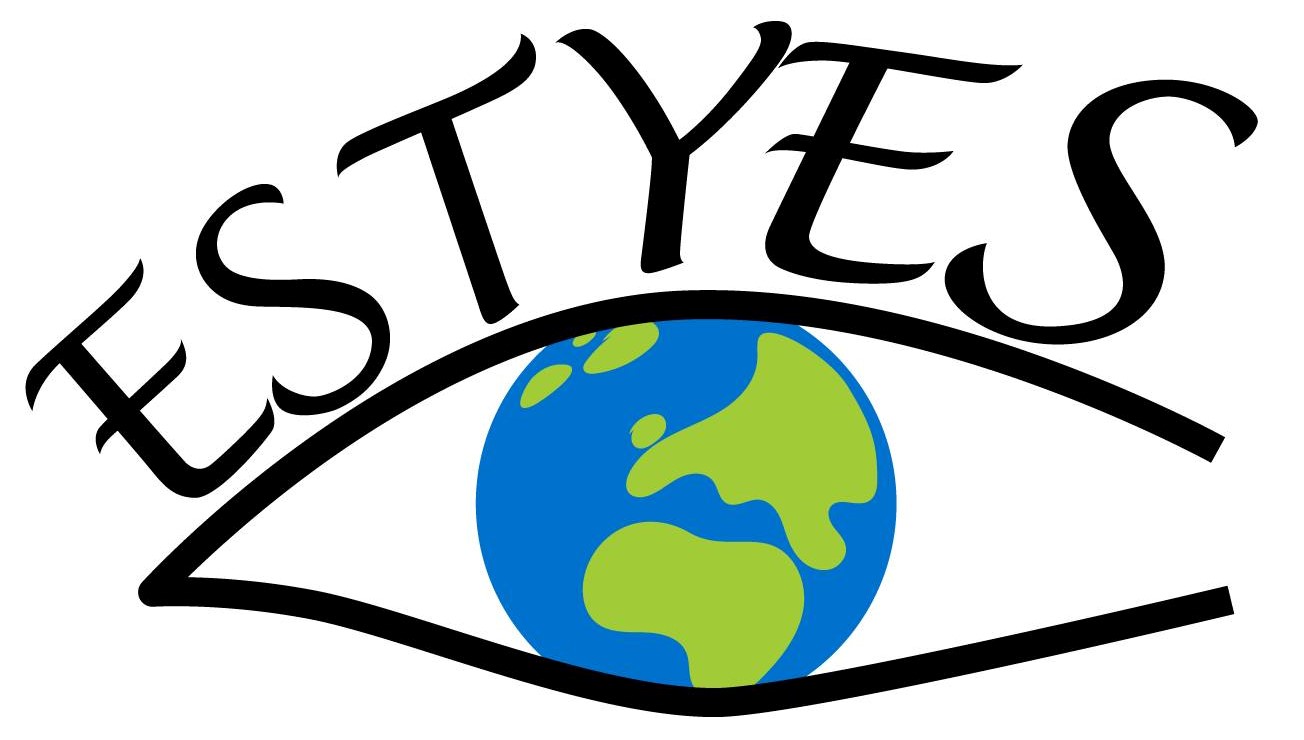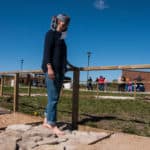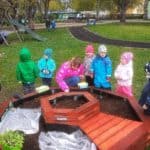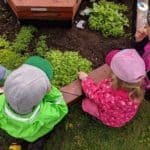Did you also notice, that children are entertained more and more by technology? And did you also observe the consequence of children’s rising unawareness considering their natural environment? Maybe you are lucky and you have not faced it yet – but I had to and I was thinking about options in order to educate children being more aware of nature. That’s how I got the idea of creating a garden as my initiative project in kindergarten. By raising own and different plants I am aiming to show children the diversity of nature by showing different plants connected with their varying demands. Besides, they get a view into natural processes, while being able to practice all new content. At the same time, children are being forced to actively deal with responsibility, since they are going to get a direct result of their caring in autumn.
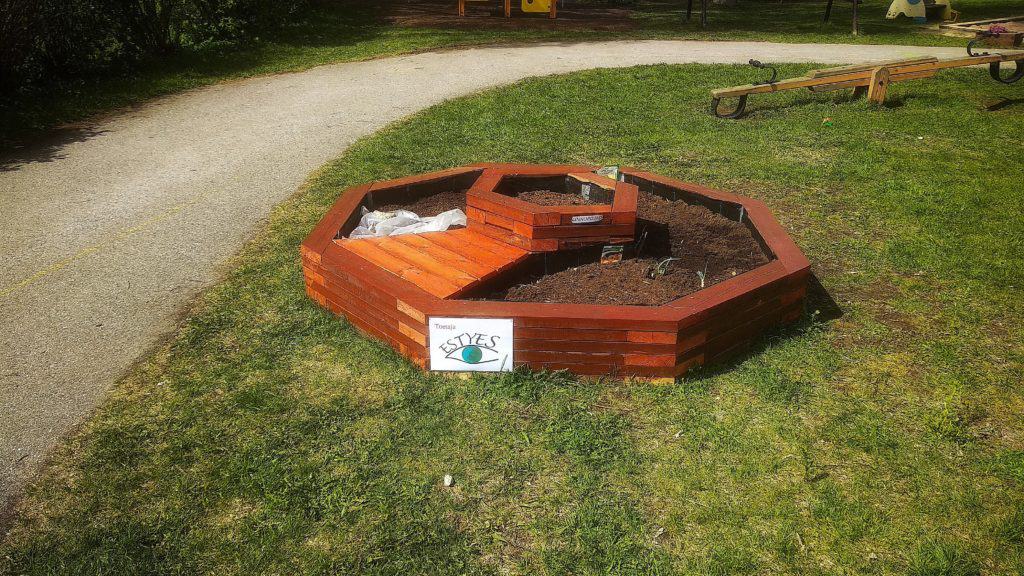
Luckily my kindergarten had an old playground, which had to be demolished, so we could upcycle the material in order to build a bedframe. Following this frame we covered with garden foil, painted it nicely red and put finally soil into it. As you can see on picture, The garden has a higher middle part, which is meant to be used for potatoes and other deep-growing plants. Nevertheless, the lower ring is for plants having no require of deep ground. Then we already planted the seeds, children started to learn about nature during they are amazed interacting with it. Perfekt!
In July, we harvested our first outcomes – everything grows very nicely!
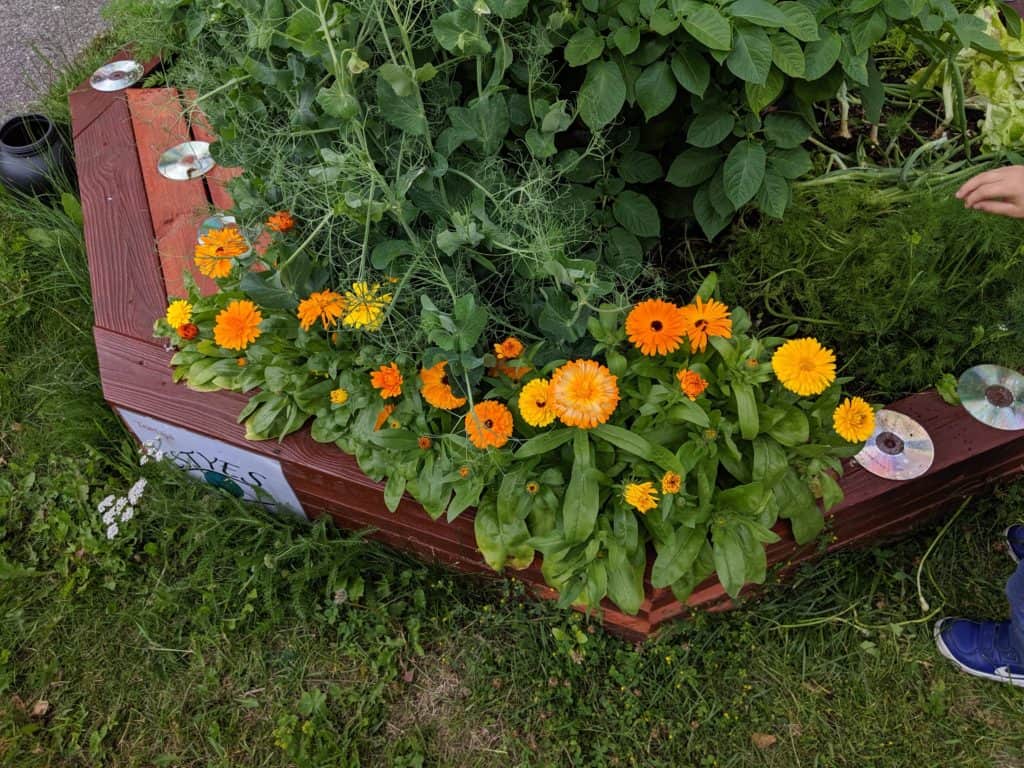
Anton Weissflog, volunteer from Germany
Anton is doing his service within the project Volunteering promote Goodness (2017-3-EE01-KA135-046761), which is funded by the Erasmus+ European Voluntary Service program.
